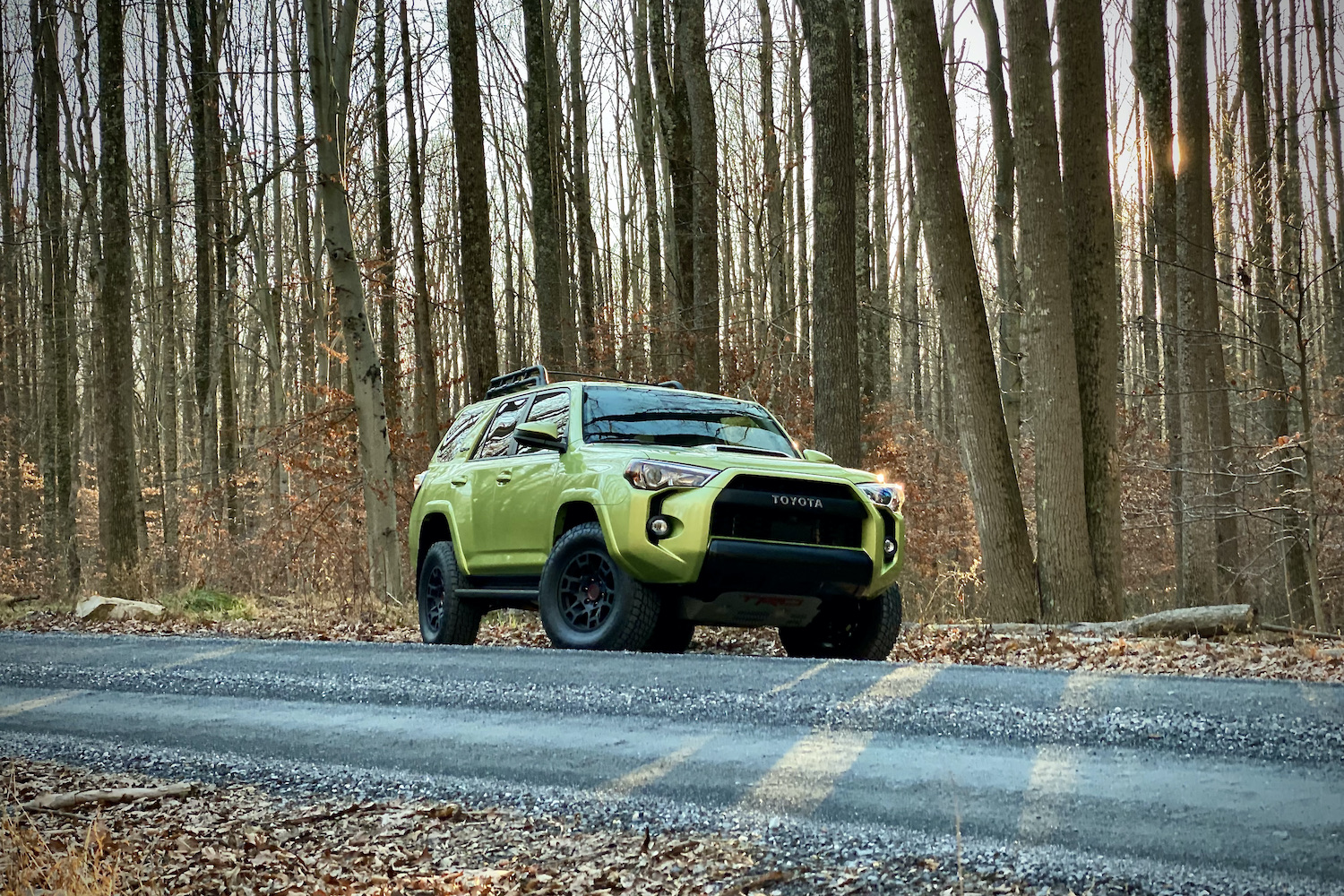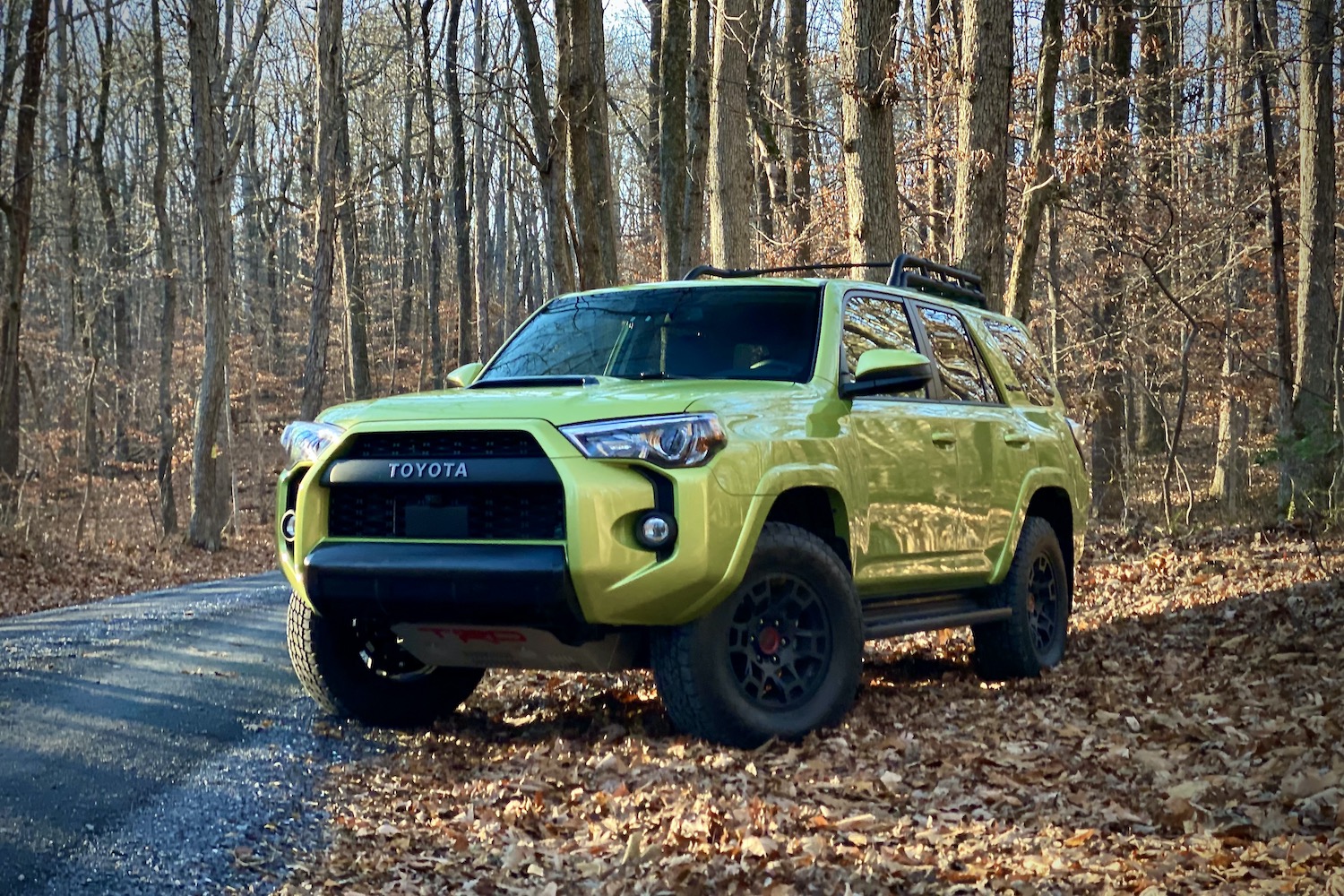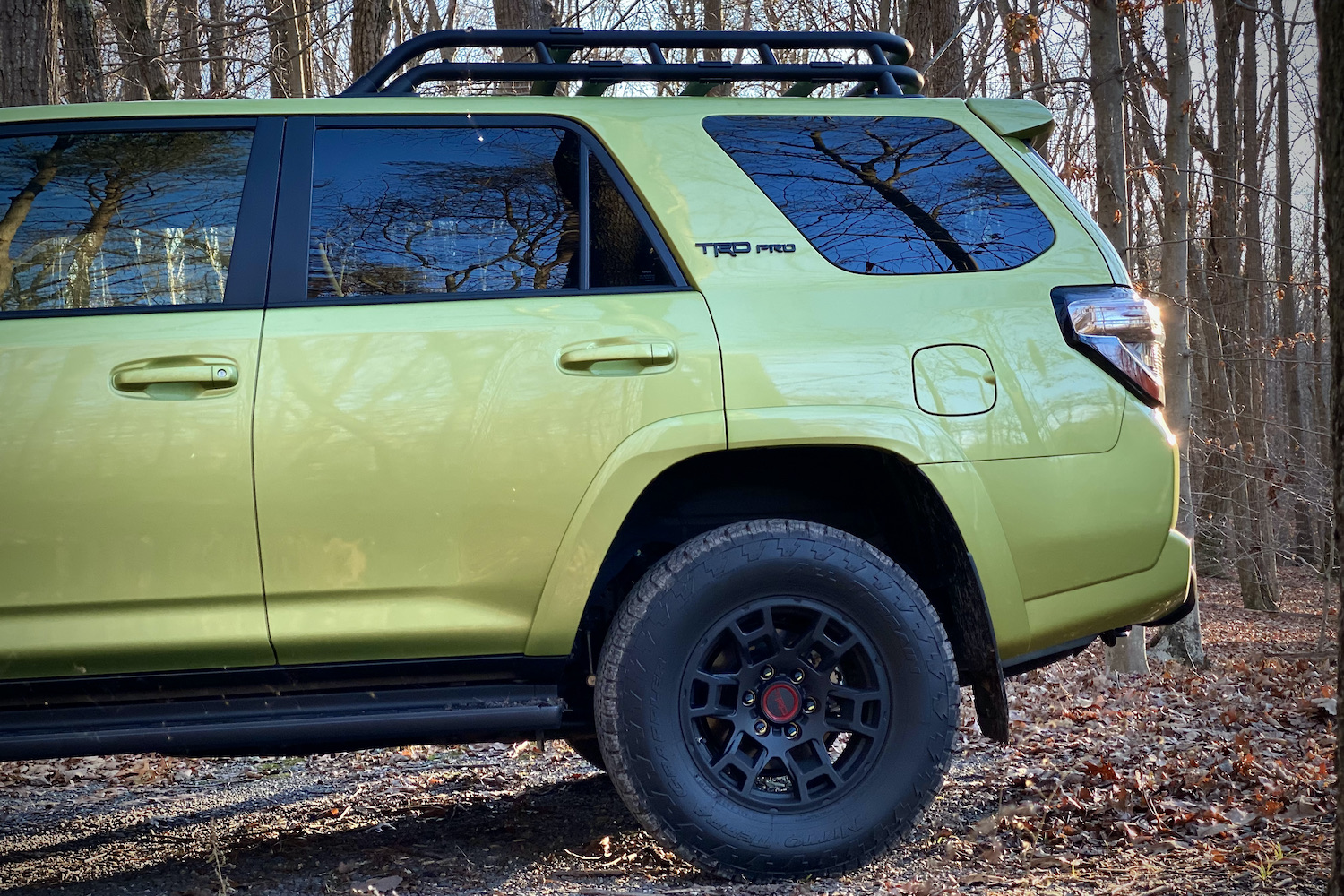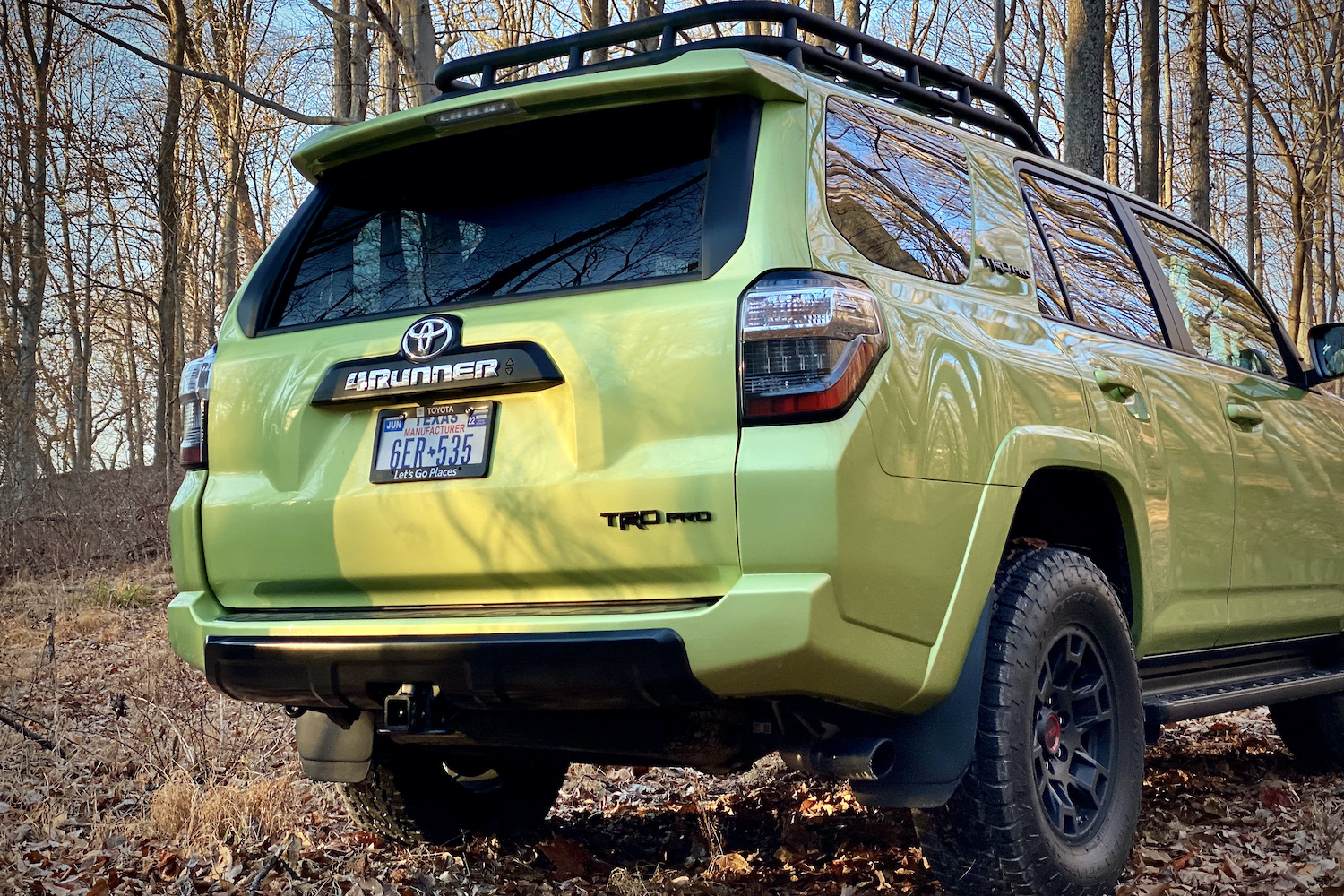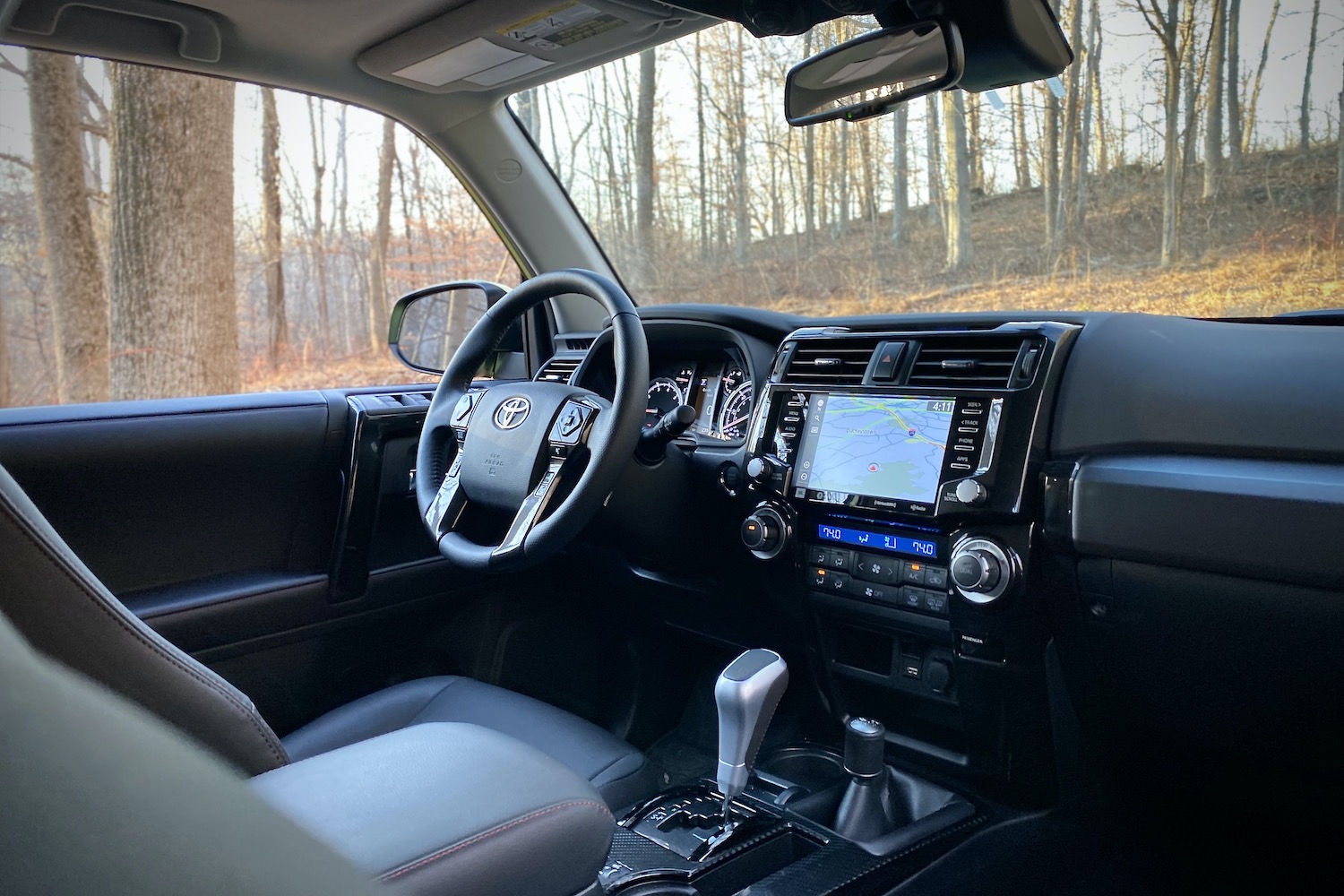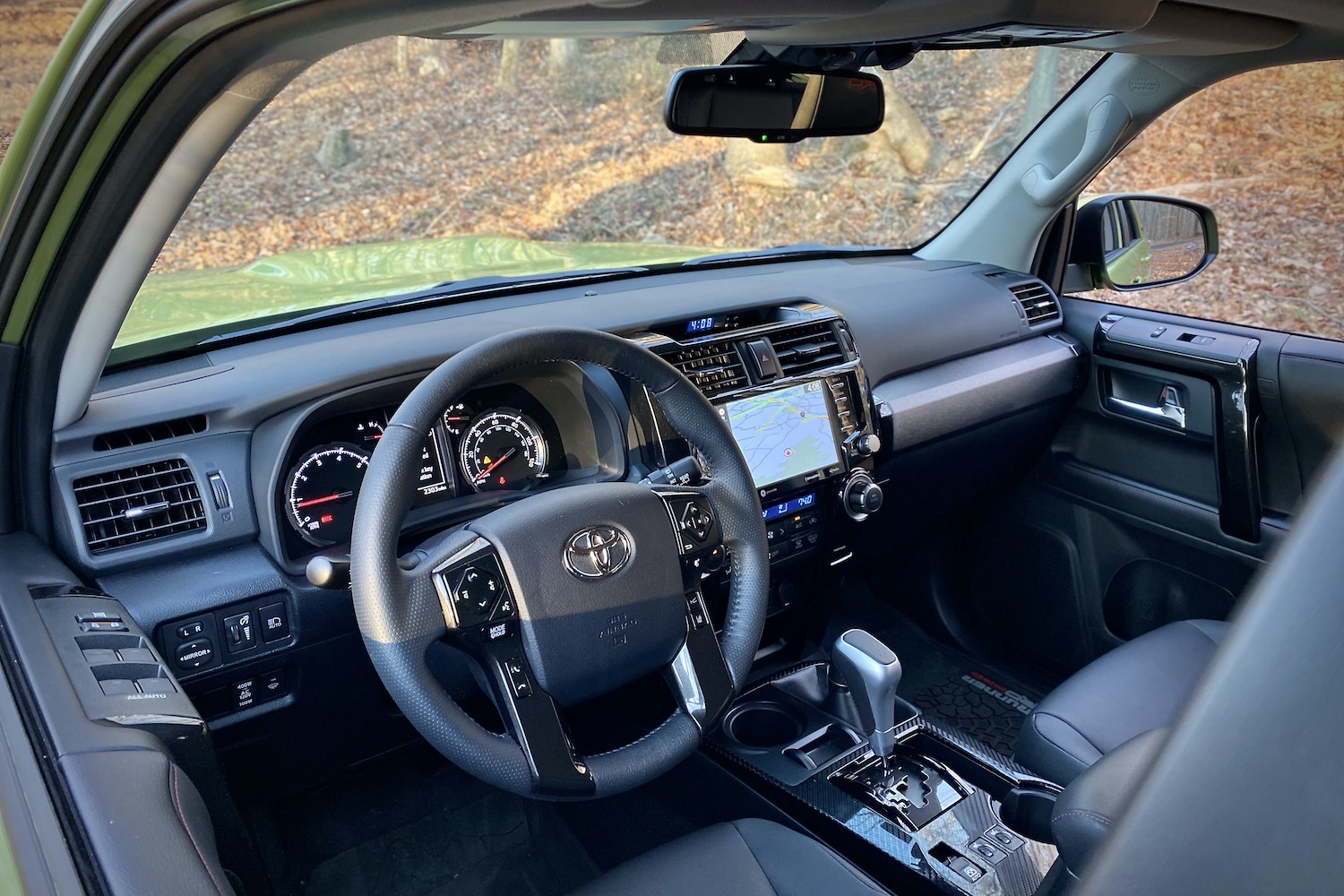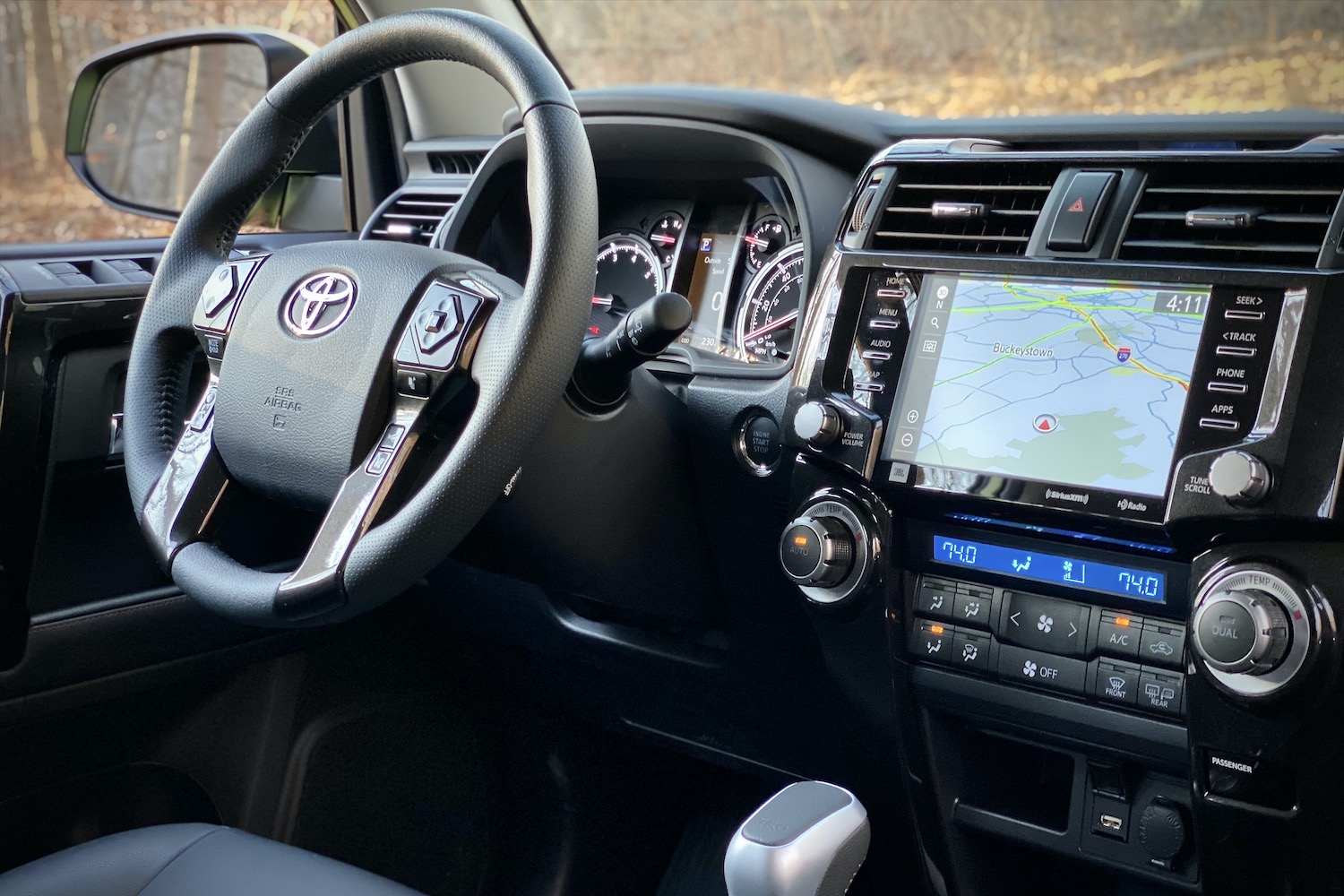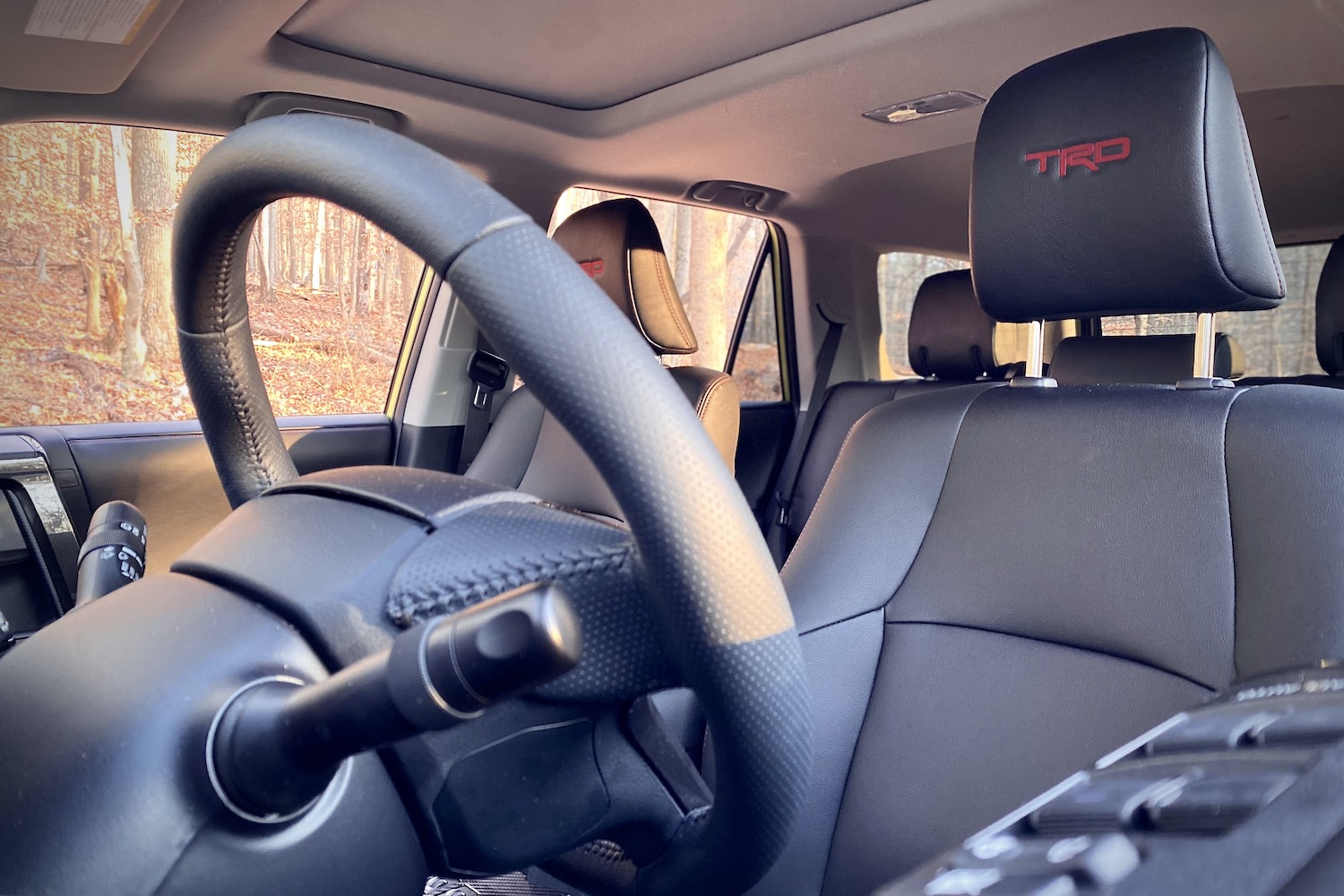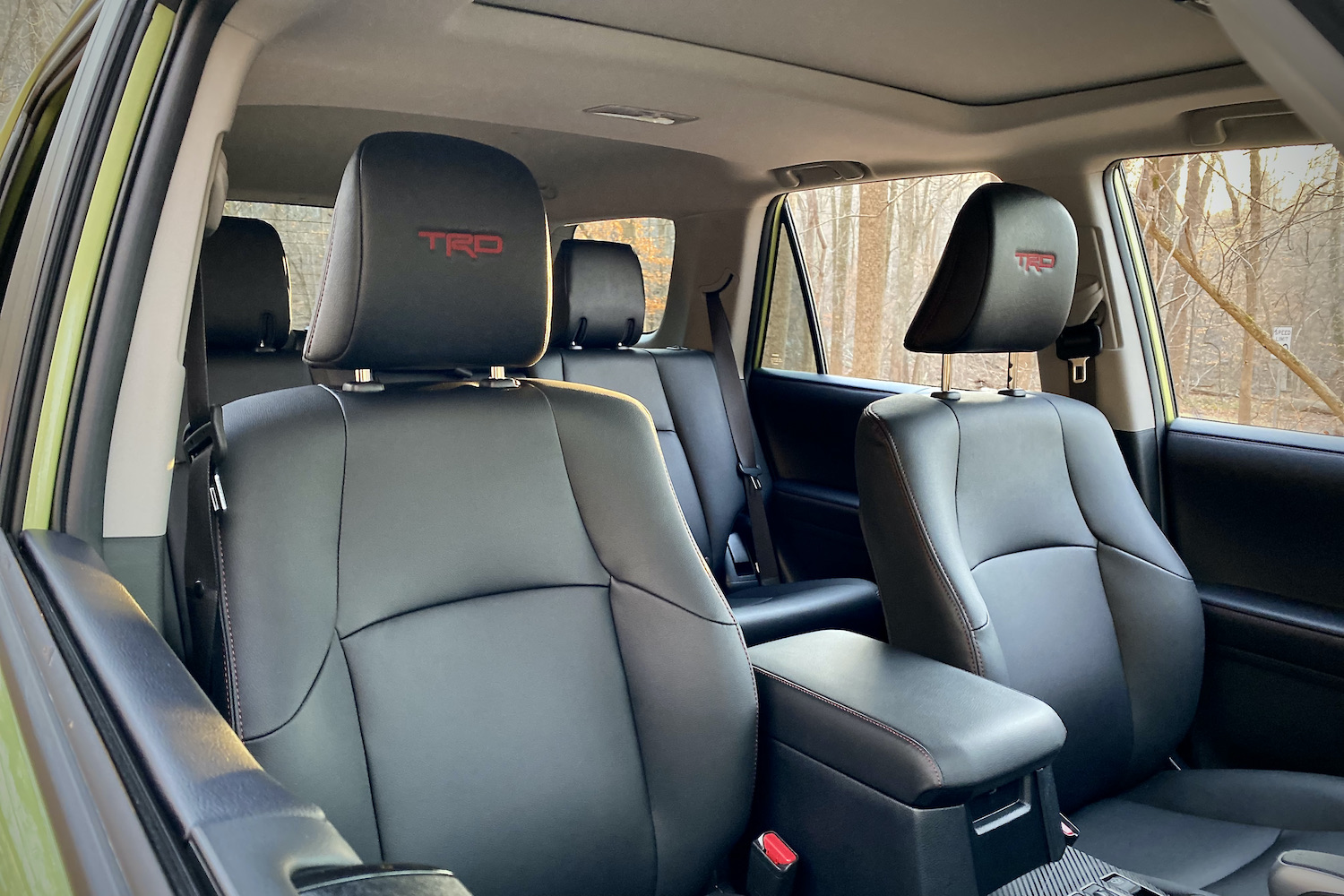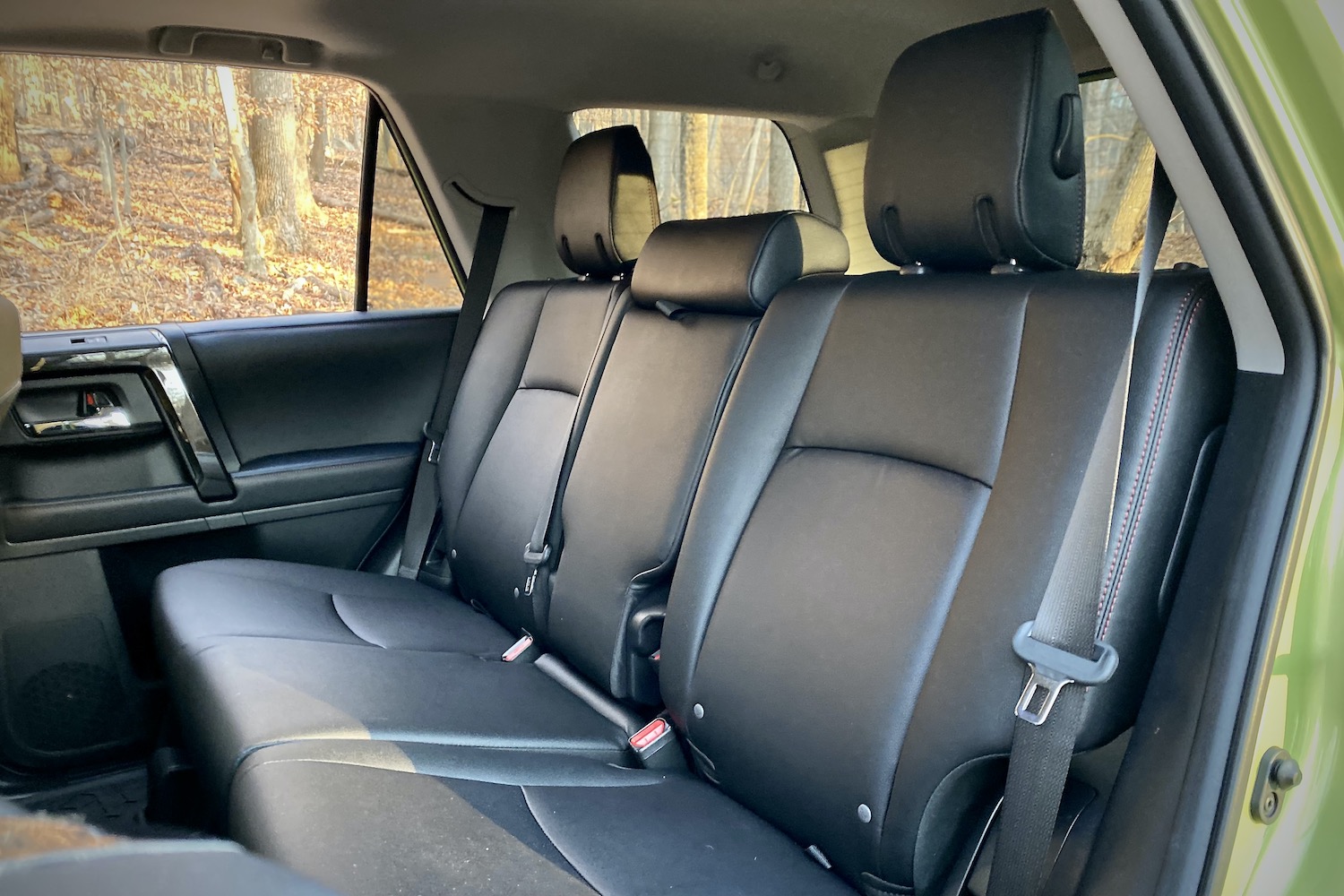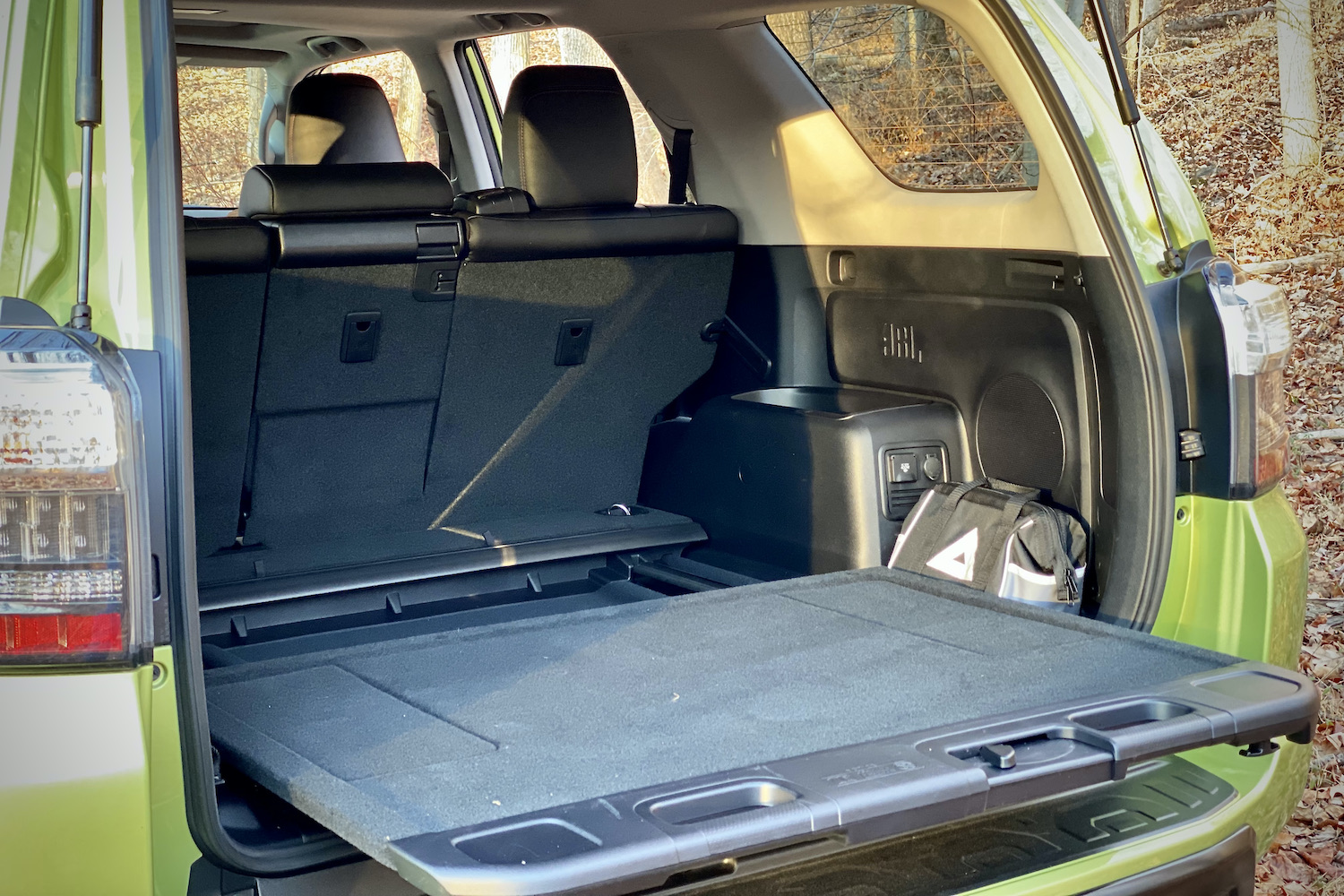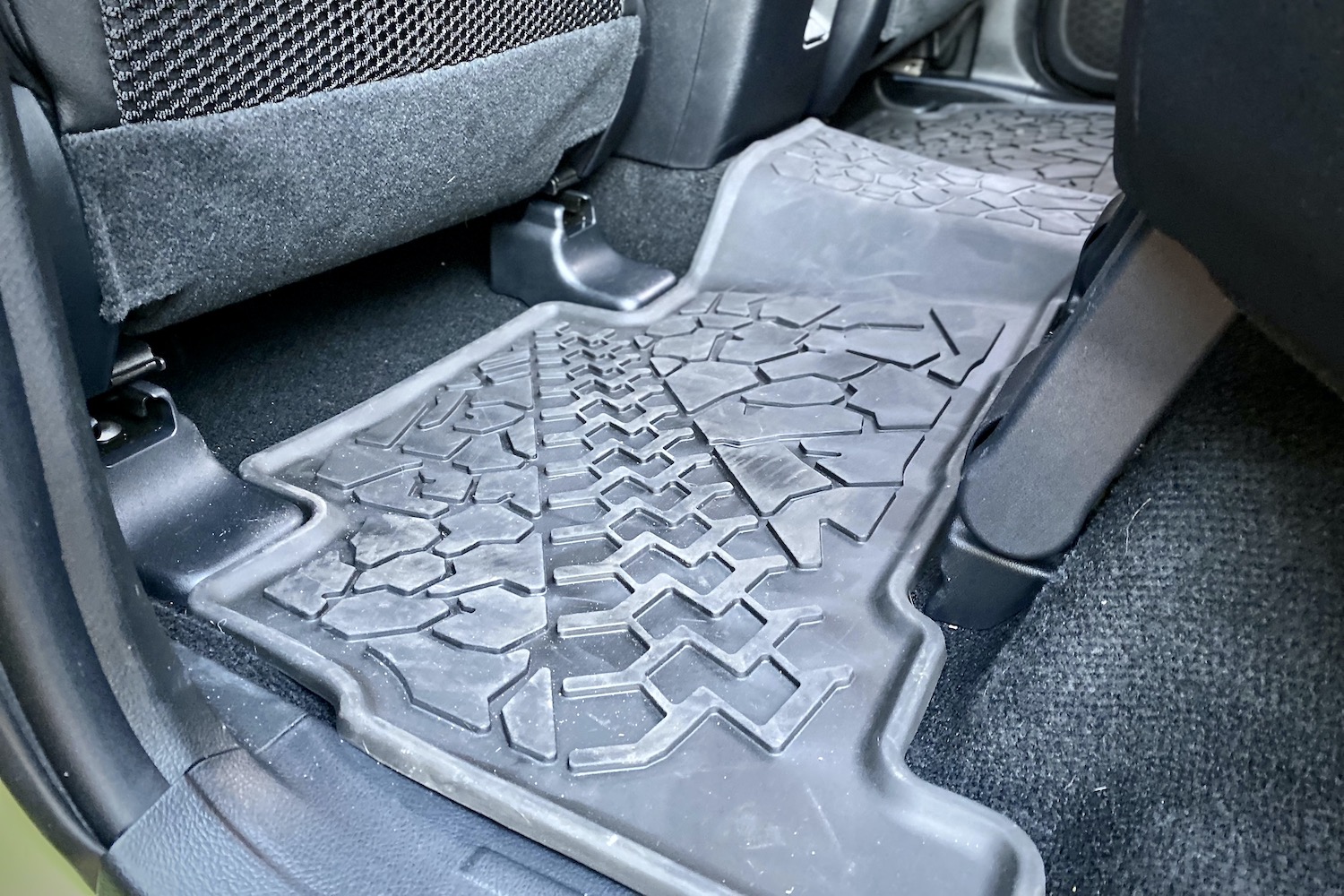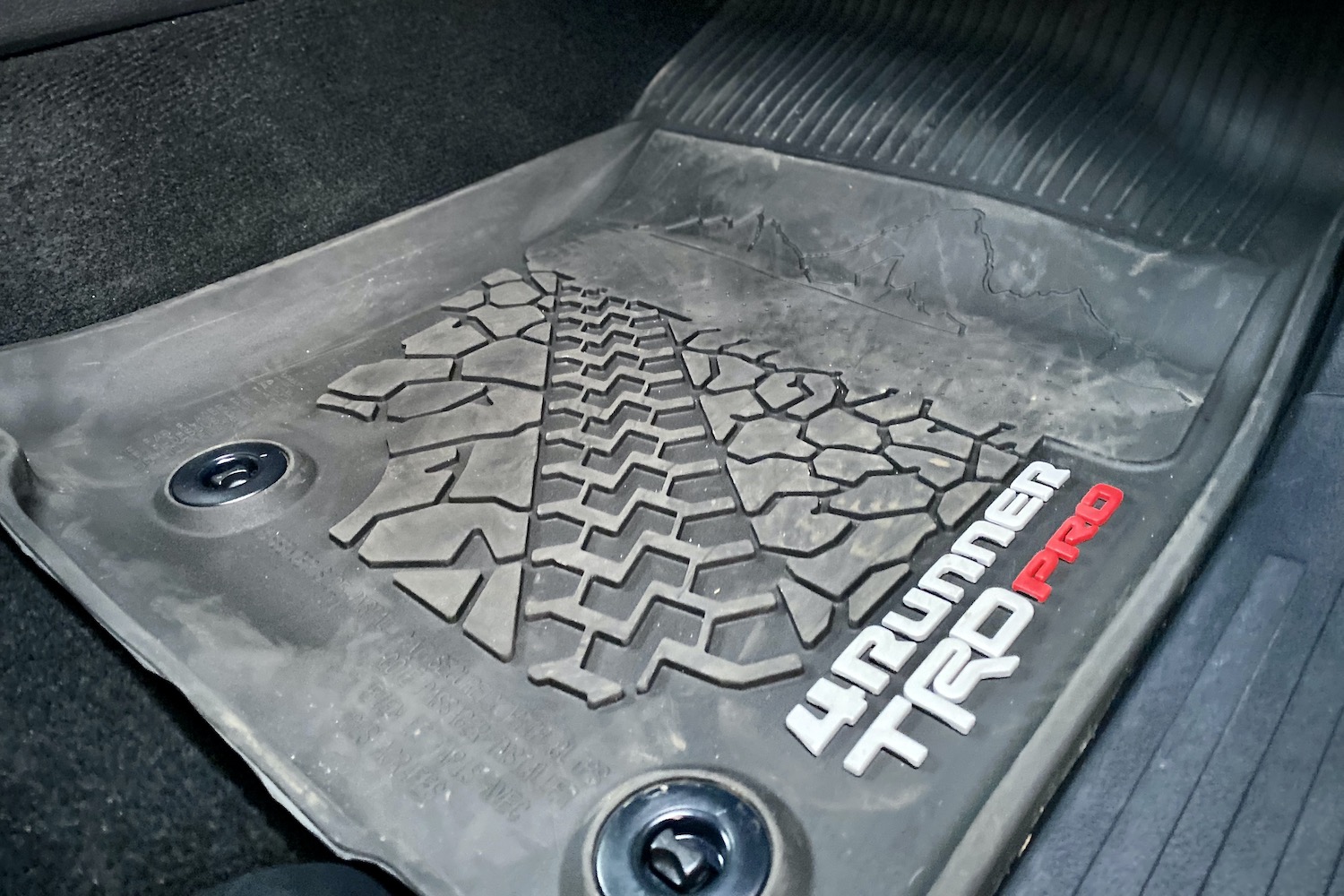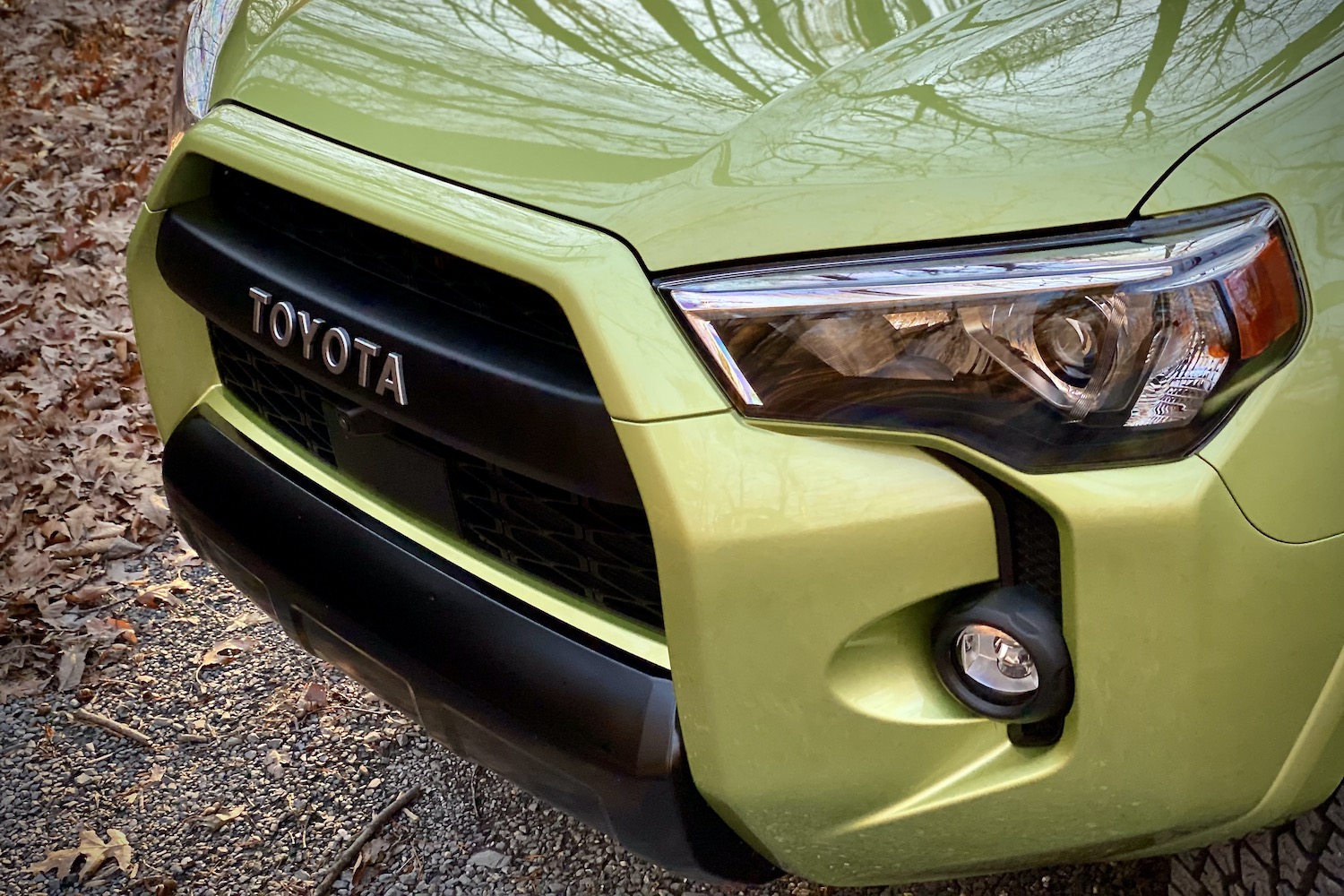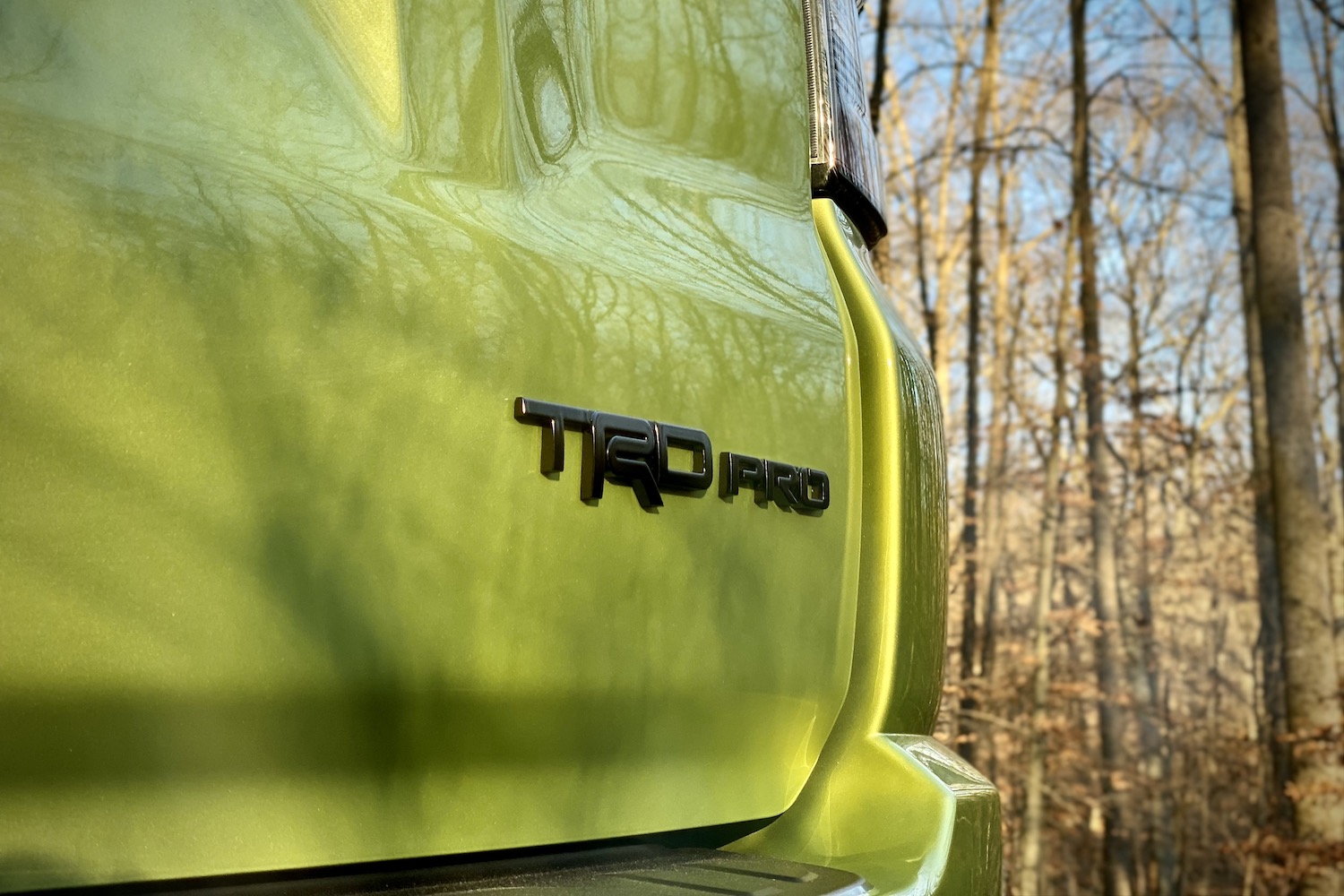There are benefits to doing things the old way. Plaster lasts longer and is sturdier than drywall and whipping heavy cream to make whipped cream results in stuff that tastes better than what you’ll spray out of a can. Better is the operative word here, because while doing things the old way can be better, they tend to take longer and can also be seen as forms of punishment when compared with the results that modern techniques bring. That’s why everyone had a Kitchenaid mixer and drywall became the go-to building material in the ‘50s. People find a way to use modern technology to make things easier, to make life better.
That explains why body-on-frame SUVs have disappeared over the past few years. The Ford Explorer and Nissan Pathfinder switched to being unibody crossovers in their attempt to be more civilized. Now, you’ll find the old-school configuration secluded to full-size SUVs and pickup trucks. And the few purpose-built off-roaders like the Jeep Wrangler and Ford Bronco. While these rugged, go-anywhere SUVs continue to use a body-on-frame construction, they’ve both benefitted from modern technology.

In the case of another off-roading oriented SUV, the Toyota 4Runner TRD Pro, it continues to stick with the old-way-is-the-best-way mindset. The result is just like you would expect. In every way imaginable, the 4Runner feels outdated and in desperate need of a modern touch.
Being able to go anywhere is one thing. Having a roll-down rear window is another. Against newer and far better options, these qualities only go so far. The 4Runner highlights the worst of Toyota’s habits — leaving its cars out to rot of old age before choosing to make any meaningful changes. That’s exactly what’s happening with the 4Runner. The current model’s been available at dealerships since 2009 with minimal changes. The 4.0-liter V6 under the hood? Well, that’s been around since 2002. The cruise control stalk has stayed the same since 1996. At this point, it’s almost like Toyota is continuing to offer the ancient 4Runner as part of an inside joke.
Despite its flaws and excessive age, the 4Runner continues to have a spot in the landscape. People buy tons of these every year and Toyota continues to pump them out. The 4Runner dutifully caters to its fanbase, giving them exactly what they want and nothing more.
Design & Interior
The 4Runner’s blocky design hasn’t changed much over the years. Sure, there’s new LED lighting for the TRD Pro trim and a new Lime Rush (the shade of yellowish-green Mountain Dew you see here) paint job, but all in all, the majority of people won’t be able to tell this 2022 model apart from a 2014. Some people will love that, we’re sure others won’t. Either way, it’s kind of par for the course when you look at the Wrangler’s lineage.
The TRD Pro model, being the most rugged trim available, comes with a few unique design elements you won’t find elsewhere. The heavy-duty skid plate in the front has “TRD” stamped in red, there are gorgeous 17-inch matte black wheels, black “TRD Pro” badges, a TRD roof rack, and a special front grille with “TOYOTA” on it. The changes don’t do a lot to move the burly 4Runner into new territory, but you’ll be able to spot the difference between a regular 4Runner and a TRD Pro model from afar, even without the Mountain Dew paint job.
If the exterior is archaic, then the interior is downright primitive. The cabin is dark, dull, and joyless. No one is buying a 4Runner to get a luxurious SUV, but this is further from opulence than a Toyota Prius is from being a supercar. The interior is a sea of hard plastics and unsightly trim pieces that don’t match the SUV’s incredibly high price tag. Questionably, Toyota decided to fit the 4Runner with this faux carbon-fiber trim piece that looks as out of place as a germaphobe at a hospital. The TRD Pro does try to spruce things up with a TRD shift knob, TRD lettering, red stitching, and the coolest floor mats we’ve ever seen, but you can only polish a burnt brownie so much before trashing the batch.
While it’s nice to see so many physical buttons and dials that are all within reach, the 4Runner’s tech features are where the SUV really shows its age, from the digital clock with its ‘90s vibes to the touchscreen that has graphics matching computers with dial-up internet. The 4Runner TRD Pro comes with a Multi-Terrain Monitor, which is a system that gives you a view of the surrounding area on a trail, but it’s so blurry that you’re better off getting out of the vehicle, looking at the obstacle and the road ahead yourself, before getting back in the car and ignoring the system forever. The same can be said for the rearview camera, which gives you a view out of the car that looks like the SUV’s been sipping on Natty Boh all day before showing up to work.
One can overlook the fact that the 4Runner’s design hasn’t changed since 2014, but the interior and lack of technology is simply unacceptable for an SUV that starts at $53,335 for the TRD Pro. Both the Wrangler and Bronco offer far better interiors and features. Not to mention, removable doors and roofs. If there is a silver lining, it’s that the 4Runner TRD Pro feels well built and should easily outlast its owners.
Driving Experience
Off-road, there aren’t many SUVs that can match the 4Runner TRD Pro. That’s one of the major benefits of its old-school design. The Nitto all-terrain tires, manual transfer case, 9.6 inches of ground clearance, various buttons to control all sorts of off-roading features, and Fox-dampers and springs aren’t on the SUV just for show. This SUV will get you to remote locations without requiring you to put it in any special mode. That’s part of its whole appeal. The 4Runner TRD Pro is legendary for its off-roading prowess. Everyone knows that.
The issue with the 4Runner TRD Pro is that it puts all of its eggs into the off-roading basket and leaves none available for on-road comfort or capability. Unless you live in the woods 24/7 or on a farm where you need a vehicle to get around, the 4Runner’s off-road capability isn’t worth the compromise. The 4Runner rolls, pitches under the brakes, rears up under power, and offers wayward steering. Despite only having five gears, the transmission feels sluggish and out of tune with the engine.
Speaking of the engine, the 4.0-liter V6 offers 270 horsepower and 278 pound-feet of torque, but you’d guess it’s a lot less based on the way it doles out power. Both of the Bronco and Wrangler’s four-cylinder engines offer far better performance than the 4Runner’s V6. The TRD exhaust system also drones like a screeching pig on the highway, requiring passengers to yell at one another to pass along information.
Driving the 4Runner is a bit of a holiday affair. In its element, you’ll love it and wonder why you didn’t buy one. On a regular basis, you’ll be pulling your hair out, wondering why you ever bought one.
Should You Get One?
No, you shouldn’t. Go try out a Wrangler or a Bronco if you want an off-roader that you can live with.
But I totally would purchase one. In all honesty, I’ve formed some kind of emotional attachment to the SUV and have decided that its faults add to its character. For me, it’s the SUV that helped my wife and I move halfway across the country and then back again. It was the first vehicle we drove out of the country in. The SUV we brought our dog home from the shelter in. The vehicle we made the most memories in. We depended on our 4Runners more than any of the other vehicles we’ve owned, entrusted it with our lives and all that we considered valuable. Without so much as a gaffe, the 4Runner dutifully fulfilled our requests.
Old, outdated, and in need of a major overhaul, the 4Runner needs a major glow-up with new competition from the Bronco and Wrangler. But to some, it’s part of the family. And like the 93-year-old grandparent that curses more than an elementary school student, has horrible breath, and talks about the “good-old days” when things were better and kids didn’t get participation trophies, family is family.
